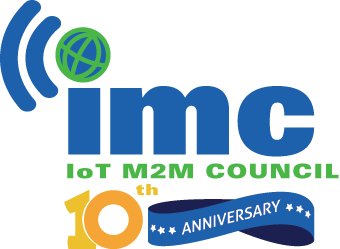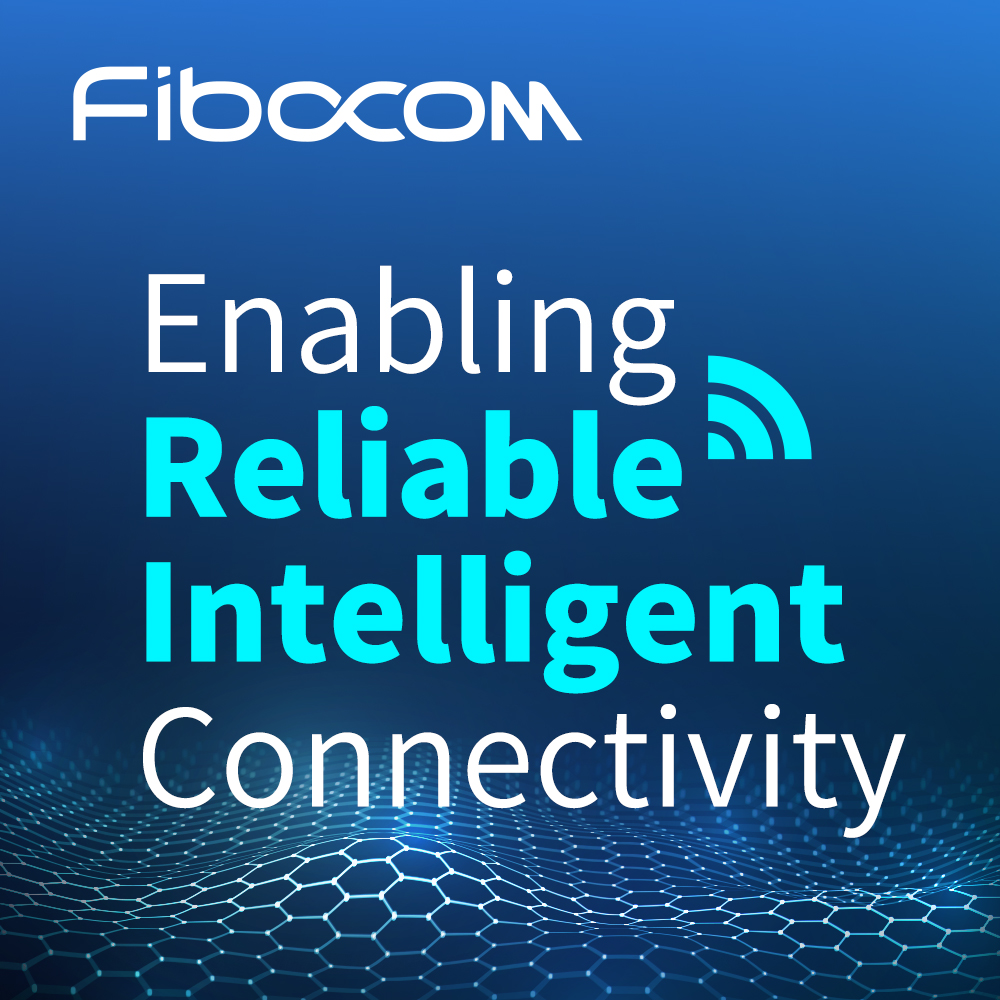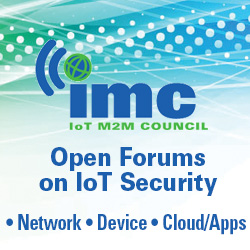1NCE operating system improves IoT accessibility
- January 11, 2023
- Steve Rogerson
- 1NCE

Connectivity and software company 1NCE launched at last week’s CES in Las Vegas an operating system (OS) containing developer tools and device control to make IoT more accessible.
The software tools are part of 1NCE’s Lifetime Flat service and are available complimentary to 1NCE customers.
The OS is a foundational element of the company’s goal to cement its standing as the destination for accessible IoT. It’s designed for easy integration of 1NCE’s connectivity and software features into IoT projects of any scale, for new and existing projects alike.
Using 1NCE OS for device and cloud integration, customers can accelerate time-to-market for IoT projects by months. One of 1NCE’s core principles is that customer data aren’t to be monetised and used to sell additional services. Instead, 1NCE is transparent about turning data into tools that are included in the global lifetime flat rate.
Features available at launch:
- Device authentication: The process of setting up a secure and automated option usually requires a complicated and error-prone onboarding process. 1NCE OS makes it simpler: users just solder the secure SIM into their device just like any other hardware piece and that’s it, delivering better authentication and integration of uniquely identified devices into IoT projects.
- IoT integrator: Reliably connecting devices to the cloud can be complex, but 1NCE’s managed protocol translation uses open industry standards such as UDP, CoAP, LwM2M, AWS IoT Core and Webhooks to give users the free and full flexibility they demand.
- Device inspector: The time-intensive and costly process of sending technicians into the field to monitor and service devices is reduced using remote access to device states and recent telemetry.
- Device locator: Network based positioning helps users locate devices even without GPS.
- Energy saver: The inherent challenges of battery-powered devices make power usage a high priority, and 1NCE’s optimised payload transmission can increase battery life by up to 50 per cent.
“1NCE OS and 1NCE’s product roadmap look very compelling,” said Fredrik Stålbrand of Berg Insights. “Our view is that the IoT connectivity market will increasingly move towards digitalised sales and delivery. SIMs will be pre-installed in chipsets, while connectivity management is increasingly being controlled by SaaS applications. Customers expect simple, digital experiences throughout the product lifecycle. 1NCE is clearly at the forefront of this development.”
Ivo Rook, chief operating officer at 1NCE, added: “1NCE flips the script for customers. We don’t monetise their data for a few extra dollars, because our customers’ data are theirs and theirs alone. 1NCE’s move into software allows us to boost our customers’ ideas not just when they need connectivity, but from the outset of their projects and all the way through a device’s lifecycle. IoT connectivity and software for life for a single fee, and that’s it.”
Half of failed IoT projects falter in the pilot stage. For new IoT projects, 1NCE makes it easier to experiment early without major expenditures that can kill a project. Customers connect sensors across the globe at a fraction of the cost of the traditional price of network operators and now, with 1NCE OS, they gain access to software tools that accelerate time-to-market without vendor lock-in or paying for unnecessary features packaged into some IoT platforms. And for IoT projects that are already up and running, 1NCE’s combination of connectivity and software delivers production-grade options for continuous improvement and optimisation.
Most IoT projects require multinational deployments, but, says INCE, few network operators have the capability to meet cross-border demands. The Lifetime Flat service means for $10 or €10, users can deploy, connect and manage IoT sensors across the world for as little as a dollar per year per device. There are more than 10,000 users worldwide with more than 15 million managed connections.
1NCE was founded in 2017 by CEO Alexander Sator together with Deutsche Telekom, is headquartered in Cologne, Germany, and has more than 250 staff across 20 countries.




